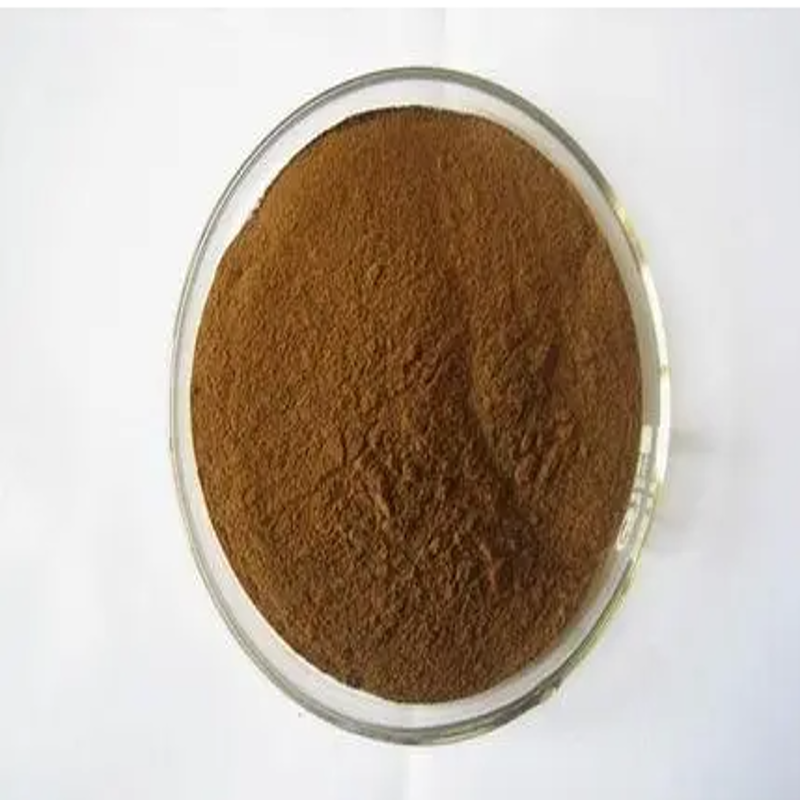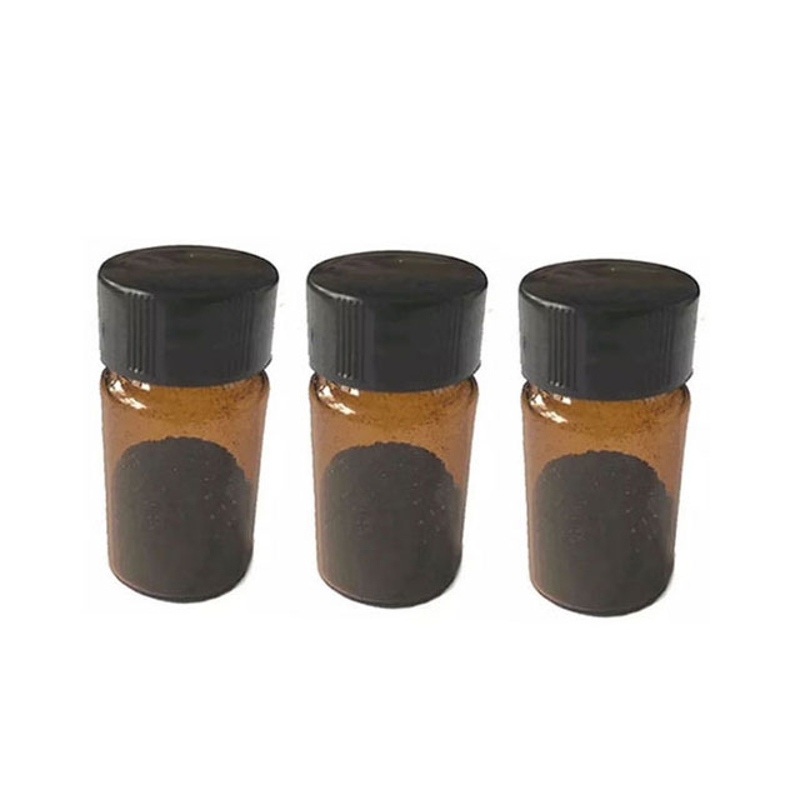-
Categories
-
Pharmaceutical Intermediates
-
Active Pharmaceutical Ingredients
-
Food Additives
- Industrial Coatings
- Agrochemicals
- Dyes and Pigments
- Surfactant
- Flavors and Fragrances
- Chemical Reagents
- Catalyst and Auxiliary
- Natural Products
- Inorganic Chemistry
-
Organic Chemistry
-
Biochemical Engineering
- Analytical Chemistry
- Cosmetic Ingredient
-
Pharmaceutical Intermediates
Promotion
ECHEMI Mall
Wholesale
Weekly Price
Exhibition
News
-
Trade Service
The lead researcher of the study, Dr.
Flavonoids are natural compounds found in fruits, vegetables and plant foods such as tea, chocolate and wine
As more and more studies show that flavonoids may reduce the risk of heart disease, this study evaluated the role of gut microbes in this process
The study recruited 904 adults between the ages of 25 and 82, of which 57% were men from the PopGen Biobank in Germany
The amount of foods rich in flavonoids consumed by participants in the past year was calculated based on a self-reported food questionnaire that details the frequency and quantity of 112 foods
The participants’ gut microbiota was assessed by extracting fecal bacterial DNA from fecal samples
The analysis of daily flavonoid intake, intestinal microbes and blood pressure levels found that:
In the study, participants who consumed the most foods rich in flavonoids (including berries, red wine, apples, and pears) had lower systolic blood pressure levels than participants who consumed the least foods rich in flavonoids.
The 15.
Eating 1.
Drinking 2.
Cassidy said: "Our findings indicate that future trials should be based on the metabolism of participants in order to more accurately study the role of metabolism and gut microbes in regulating the effects of flavonoids on blood pressure
Although this study shows the potential benefits of drinking red wine, the American Heart Association recommends that if you haven’t started drinking, don’t do it
The author pointed out that the participants in this study were from the general population, and the participants did not know this hypothesis
Journal Reference :
Amy Jennings, Manja Koch, Corinna Bang, Andre Franke, Wolfgang Lieb, Aedín Cassidy.







